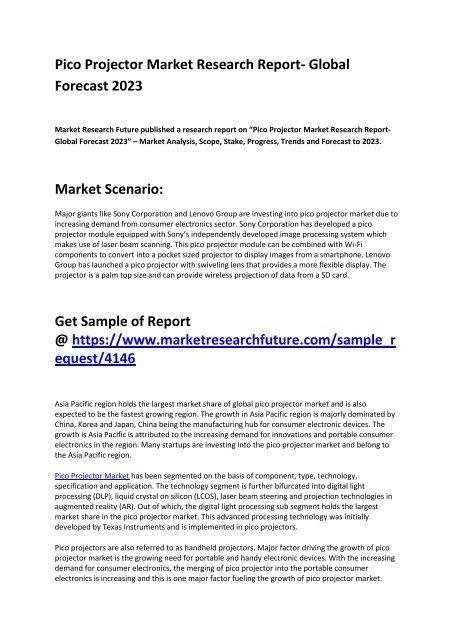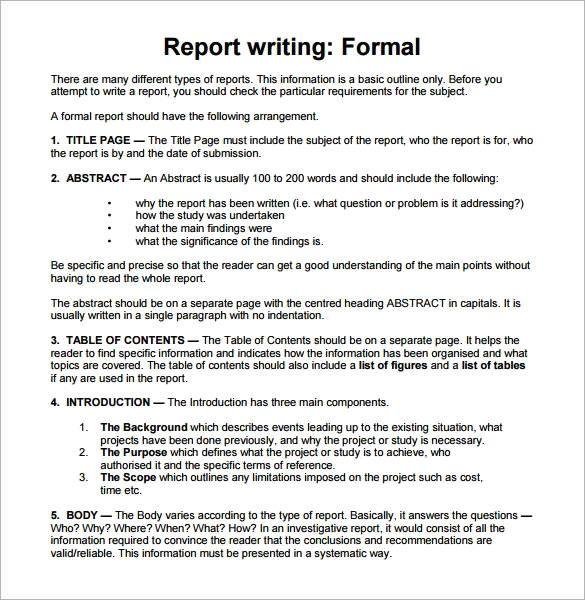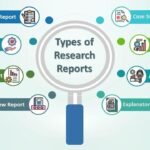research report features

In an information-driven world, the ability to distill complex data into comprehensible insights is invaluable. Research reports serve as crucial tools for this purpose, enabling researchers to communicate their findings effectively across various fields, including sciences, engineering, and psychology. These reports fulfill a dual purpose: they not only summarize the research conducted but also provide a structured framework that guides the reader through the intricacies of the study. With features such as robust evidence, comprehensive analysis, and well-conceived conclusions and recommendations, a well-crafted research report can transform raw data into actionable knowledge. This article will explore the fundamental features that define a high-quality research report, offering insights into how these elements contribute to clarity and impact in research communication. Whether you are a seasoned researcher or a novice exploring the realm of data analysis, understanding these features is essential for crafting reports that resonate with your audience and facilitate informed decision-making. Discover the building blocks of effective research reporting and learn how they can enhance the presentation of your findings.
Essential Components of a Comprehensive Research Report
A comprehensive research report is designed to convey significant findings in a structured manner. Key components include a well-defined introduction, which outlines the research question and objectives, providing clarity on what the study aims to achieve. Following this, the literature review contextualizes the research within existing studies, facilitating a deeper understanding of the topic. The methodology section is crucial, detailing the approach taken to gather data, including research design, sample selection, and data collection techniques. This transparency allows readers to evaluate the validity of the findings. Additionally, a robust analysis segment presents the data in an understandable format, often utilizing tables or graphs to visualize results clearly.
Results are then interpreted in the discussion chapter, where their implications are considered alongside limitations of the study, fostering honest appraisal. the report culminates in the conclusion and recommendations, painting a picture of possible future directions or actions based on the findings. Effective research reports may also include an appendix for supplementary materials such as raw data or additional analysis. Completing the report with a reference list ensures all utilized sources are credited, promoting academic integrity and providing pathway for others to follow up on the research, thereby enriching future investigations.

Interpreting Data: Techniques for Clear and Impactful Visualization
When it comes to translating complex datasets into meaningful insights, employing effective visualization techniques is crucial. Charts, graphs, and infographics serve as invaluable tools to depict information succinctly and clearly, allowing the audience to grasp large volumes of data at a glance. By highlighting trends, patterns, and outliers, these visual aids can simplify decision-making processes in various fields, from business analytics to scientific research. For instance, using bar charts for categorical data or line graphs for time-series data can significantly enhance understanding and retention of critical metrics.
To ensure that your visualizations resonate well with the audience, consider the following techniques:
- Maintain simplicity: Avoid clutter; each element should have a purpose.
- Use color wisely: Color can emphasize key data points but should be used sparingly to avoid confusion.
- Incorporate interactive elements: Tools like dashboards allow users to delve into data through filters and real-time updates.
Utilizing these strategies not only strengthens the presentation of findings but also fosters a deeper understanding of the underlying data. Below is a simple example to illustrate different types of visualizations used for specific data categories:
| Data Type | Recommended Visualization |
|---|---|
| Categorical Data | Bar Chart |
| Continuous Data | Line Graph |
| Proportional Data | Pie Chart |

Crafting a Compelling Narrative: How to Engage Your Audience
html
Engaging your audience begins with the ability to tell a story that resonates. Each research report should incorporate a narrative arc that guides readers through the data. This approach not only makes complex information more digestible but also highlights the significance of your findings. To achieve this, consider the following strategies:
- Define Your Core Message: Focus on what you want your audience to take away from the report.
- Utilize Real-World Examples: Connect abstract concepts to tangible scenarios that illustrate their impact.
- Keep It Human: Use relatable characters or stakeholders to personalize the narrative.
Moreover, visual storytelling can enhance the narrative's effectiveness. Integrating well-designed graphics and data visualizations breaks up text and reinforces your message. Utilize tables to succinctly present critical data, ensuring they are visually appealing and easy to interpret. Here’s an example:
Finding
Impact
Recommendation
Increased Engagement
30% up in user interaction
Implement more interactive elements
Cost Reduction
20% decrease in operational expenses
Adopt streamlined processes

Best Practices for Structuring and Formatting Your Report
When structuring your report, clarity and organization are paramount. Begin with a strong title page, which includes the report title, your name, the date, and any affiliations. This sets the stage for readers and gives context. Following the title page, consider including an executive summary to encapsulate the key findings and recommendations of your report in a concise format. A clear table of contents not only aids navigation but also instills a sense of professionalism. Use headings and subheadings effectively to break your report into easily digestible sections, employing a consistent font style and size throughout for uniformity. Ensure that each section flows logically into the next, making use of bullet points to highlight key information where appropriate.
Let’s discuss the importance of visual elements in reports. Incorporating tables and figures can significantly enhance comprehension. Consider this simple table layout for summarizing key results or findings:
| Parameter | Result | Implication |
|---|---|---|
| Sample Size | 100 Participants | Robust conclusions |
| Confidence Level | 95% | High reliability |
| Error Margin | ±5% | Acceptable range |
Lastly, include a reference section at the end to credit your sources, and ensure proper citation styles are followed. Closing with an appendix for additional data or methodology details engages your readers and supports your conclusions. A well-structured report not only conveys information effectively but also reflects your attention to detail and professionalism in research.
Wrapping Up
crafting a research report demands more than a mere presentation of data; it requires a deliberate approach that encapsulates clarity, focus, and accuracy. As we’ve explored, the essential features include a well-defined structure, the strategic emphasis on pivotal information, and a commitment to truthfulness that respects the reader’s trust. Whether you’re delving into the complexities of scientific inquiry or the nuances of social research, adhering to these principles ensures that your findings resonate and inform effectively. As you embark on your writing journey, remember that each report not only contributes to the academic conversation but also serves as a bridge connecting ideas, discoveries, and innovations across various fields. Embrace the art of research reporting with intention, and watch your insights take flight into the realms of knowledge and understanding.




